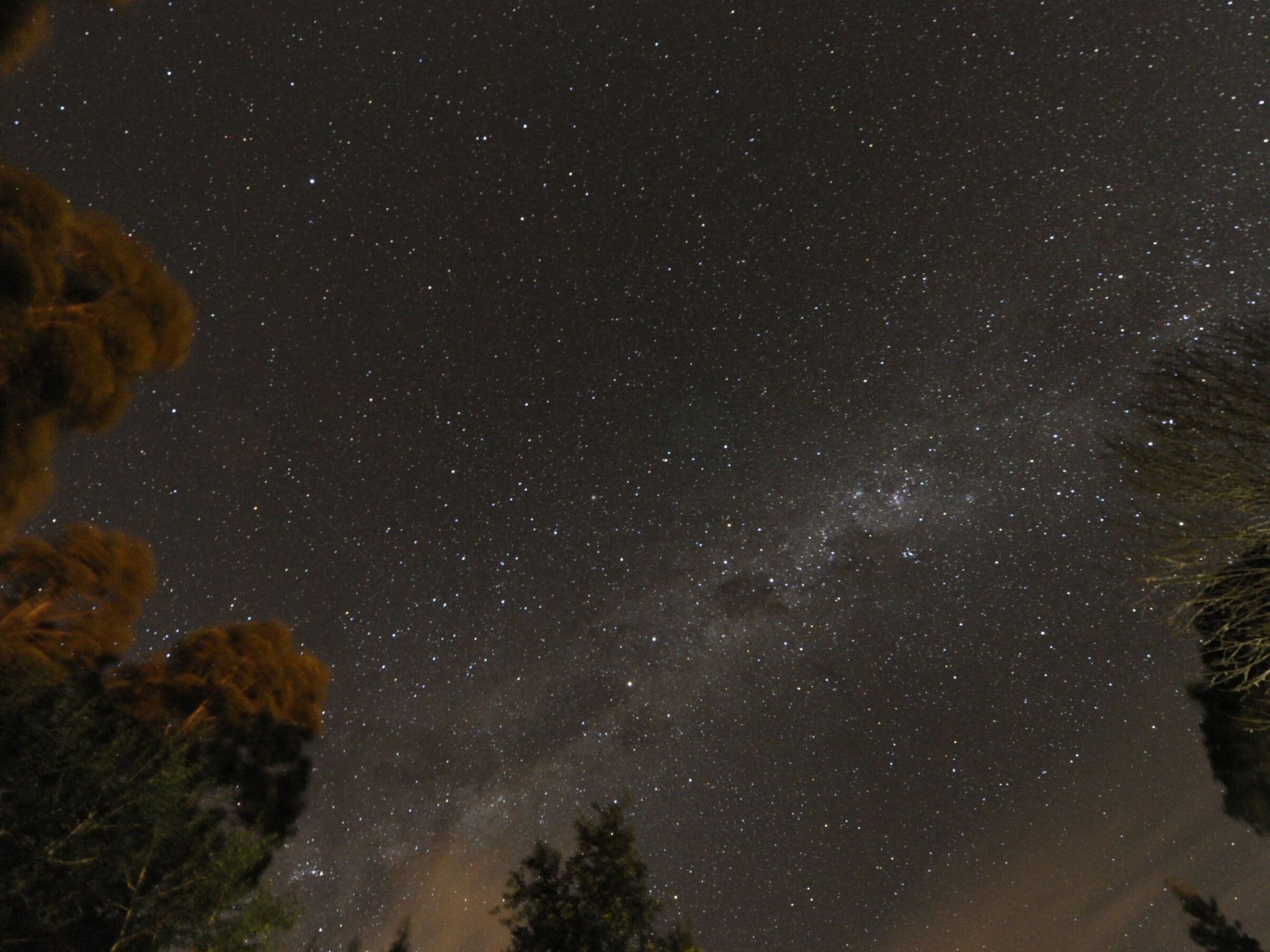
Shell structures in our Milky Way are evidence of a huge collision between it and another dwarf galaxy, astronomers have found.
The crash happened nearly 3 billion years ago, when the dwarf galaxy fell into the middle the Milky Way and was torn apart by the collision.
But the merger has left behind evidence in the shape of formations, the first such “shell structures” ever found in the Milky Way, that shed more light on the collision as well as potentially explaining other phenomena.
The research not only sheds light on the history of the vast crash known as the Virgo Radial Merger, but also the “Gaia Sausage”, a clump fosters that is thought to have arrived in the Milky Way following a merger with another dwarf galaxy.
Hints of the new breakthrough first emerged around 20 years ago, when researchers discovered the “Virgo Overdensity”. That is made up of an unusually high density of stars in one part of space.
As astronomers examined more about those stars, they found that some of us are moving towards us, while others move away. Usually, a cluster of stars of that kind would move together – and so astronomers proposed that the unusual behaviour was the result of a radial merger, where another galaxy had crashed into our galaxy side on.
“When we put it together, it was an ‘aha’ moment,” said Heidi Jo Newberg, Rensselaer professor of physics, applied physics, and astronomy, and lead author of the The Astrophysical Journal paper detailing the discovery.
“This group of stars had a whole bunch of different velocities, which was very strange. But now that we see their motion as a whole, we understand why the velocities are different, and why they are moving the way that they are.”
Astronomers now say that the same merger left behind the shell structures that appear to have been formed as the dwarf galaxy was torn apart and bounced up and down through the Milky Way as it was sucked into our galaxy.
The collision left behind planes of stars that are curved over: as the stars race past the centre of the galaxy, they are pulled back by its gravity and snap back like an elastic band, forming new shells every time they do so. Researchers can use simulations to understand how many of those cycles the dwarf galaxy has been put through, and using that work out when the original crash happened.
They found that the dwarf galaxy appears to have first passed through the centre of the Milky Way 2.7 billion years ago.
Researchers had originally assumed that the galaxy had arrived through a “tidal merger”, pulled in like the tidal forces on Earth, and leaving behind a string of stars that move together – a far more common process throughout the universe. That meant they were not expecting to discover that it was in fact the result of a much more violent and dramatic “radial merger”, where the galaxies crash rather than assimilate.
“There are other galaxies, typically more spherical galaxies, that have a very pronounced shell structure, so you know that these things happen, but we’ve looked in the Milky Way and hadn’t seen really obvious, gigantic shells,” said Thomas Donlon II, the first author of the paper and a graduate student at the Rensselaer Polytechnic Institute.
As the team continued to work through the possibilities, they realised that our Milky Way’s shells could be the result of a radial merger – just one that looks a little different from normal.
“And then we realized that it’s the same type of merger that causes these big shells. It just looks different because, for one thing, we’re inside the Milky Way, so we have a different perspective, and also this is a disk galaxy and we don’t have as many examples of shell structures in disk galaxies.”
The research suggests there is also more to be understood about the Gaia Sausage, another formation of stars in the Milky Way, which is thought to have come about after a merger with a dwarf galaxy some 8 to 11 billion years ago. Researchers had previously thought that the two clumps results from the same event – but the fact that the Virgo Radial Merger is much younger suggests either they are actually separate, or that the Gaia Sausage also happened much more recently than expected.
That in turn could change our understanding of the history of our galaxy more broadly. The Gaia Sausage is thought to have brought about the thick disc of the Milky Way – but if it were younger than expected, it would not have been around to do so.
